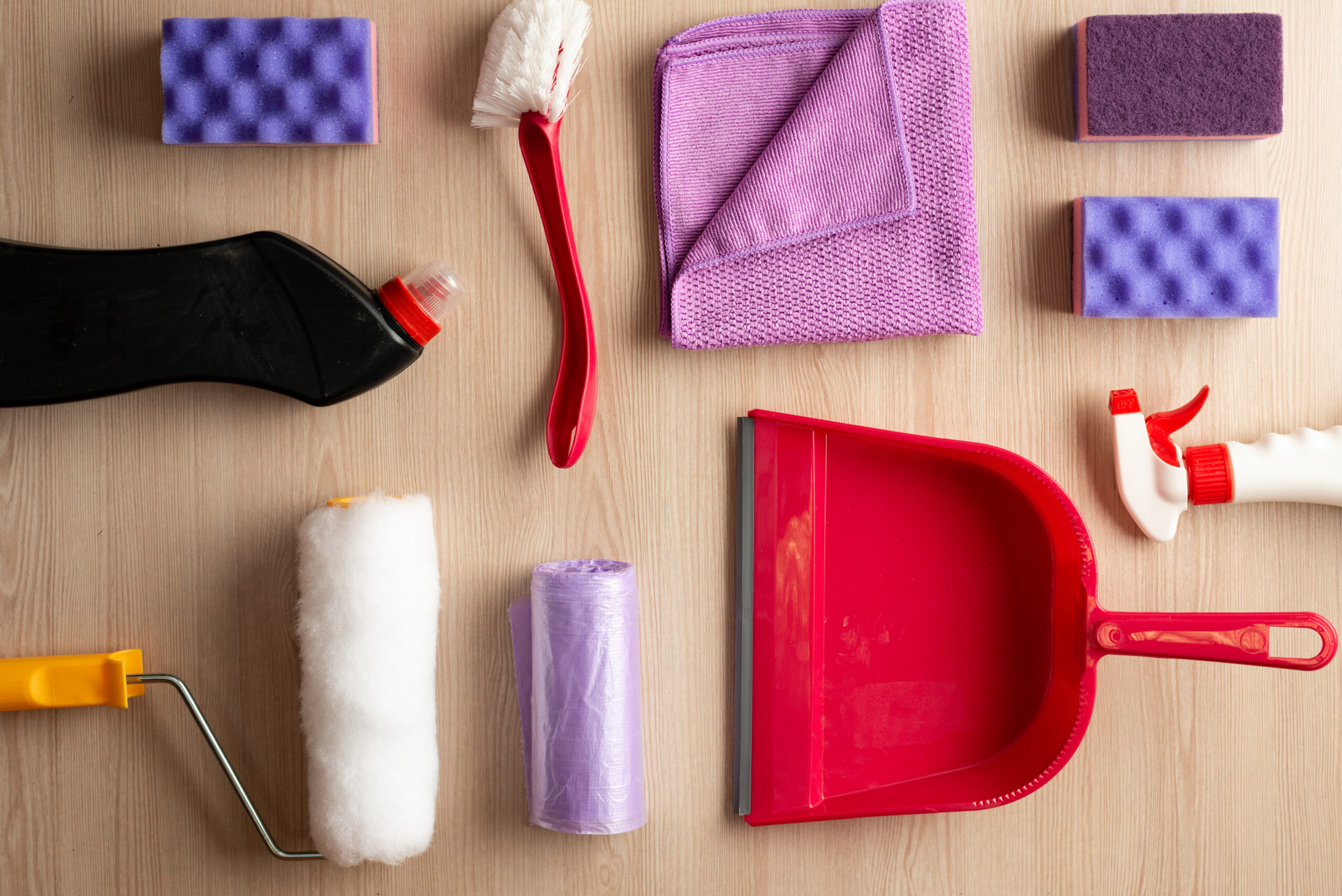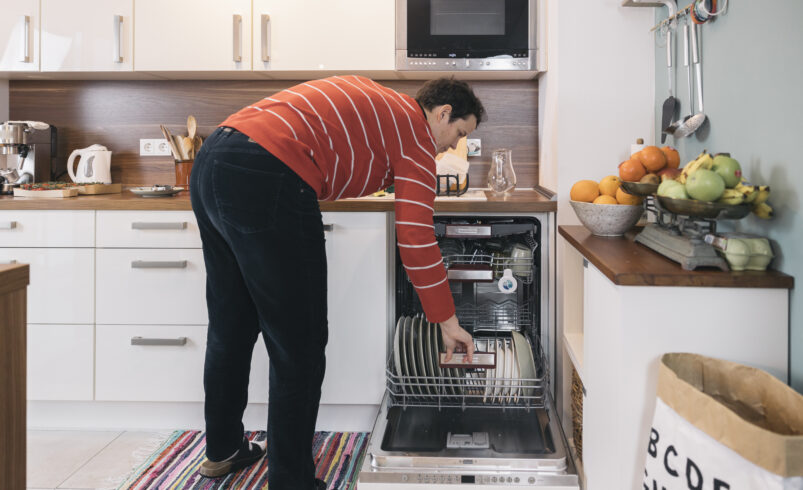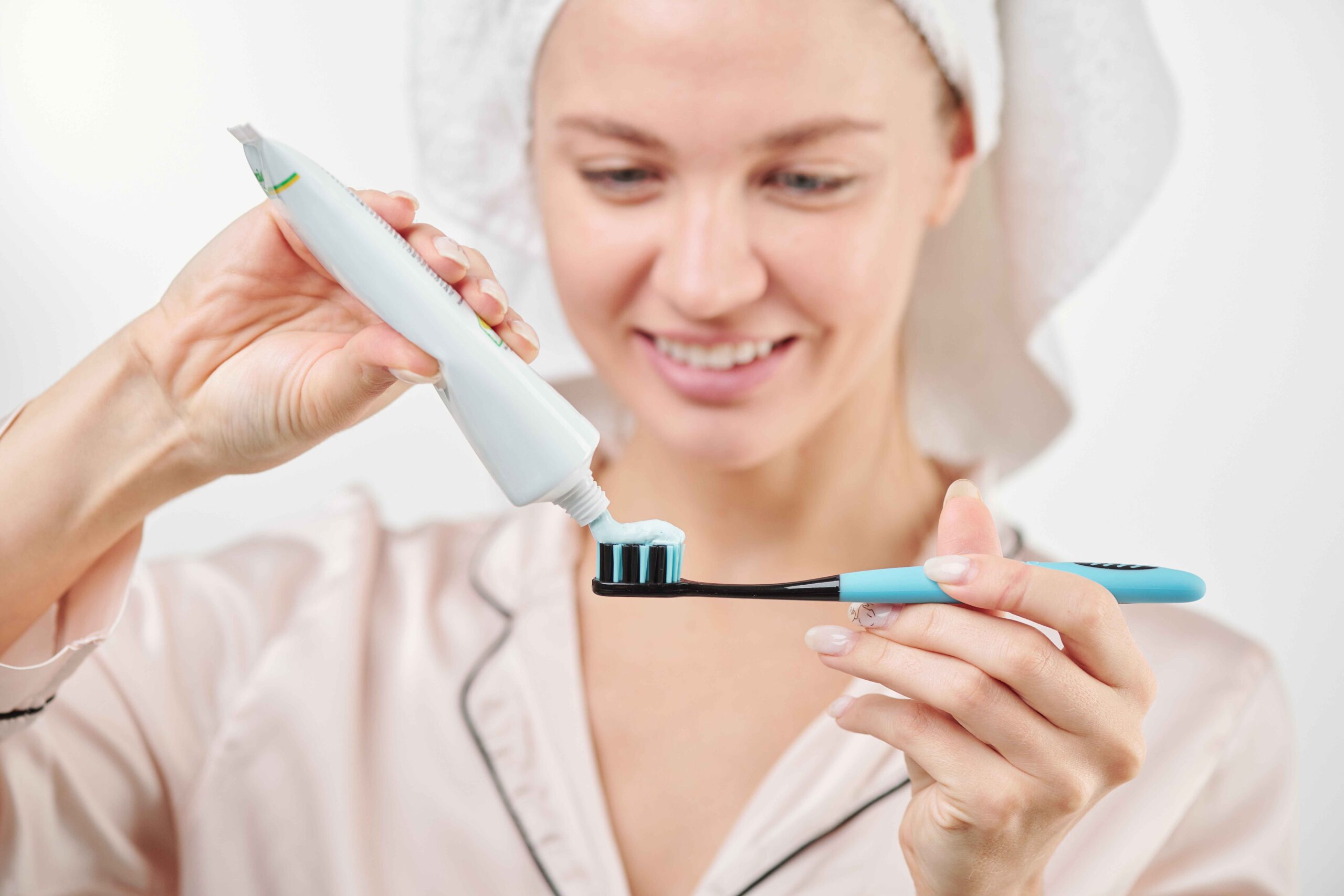🔋 Introduction: Maximizing The Battery Charge
Rechargeable batteries power almost everything in a home today—from TV remotes, gaming controllers, cordless phones, and smart home devices. Rechargeable batteries are awesome, reusable, and environmentally friendly, but they are not completely foolproof.
The issue? People are unintentionally diminishing the life of their rechargeable batteries from everyday use, even though mid-lifecycle testing at Testergate has indicated good maintenance practices may positively influence battery life expectancy.
The complete list of tips here—and how to go about it—no product names or fluff, just tested tips that work—is below.
🧠 Why Rechargeable Batteries Expire Early
Before we can examine how to maintain your rechargeable batteries, understanding why they may not last as long as you thought is important.
🔋 Common Mistakes That Shorten Rechargeable Battery Life
1. Charging Too Long
Most people unknowingly overcharge their original batteries, especially with non-smart chargers, by leaving them charging too long—think prolonging overnight time (some chargers shut off properly, others not and you not knowing). This leads to excessive heat and stress on the internal batteries hurting your abilities to hold short charge capacity as time goes. You are an overcharging if you are leaving it plugged in even if your charger shuts off properly. Again it is not productive and could help in damaging what could have been a decent cycle life to begin with.
2. Discharging to 0% Often
People think that leaving batteries to die a full death is productive. This was true before with older battery types, but not with lithium batteries today. So, don’t repeatedly cycle until they are at zero, as this will damage the internal chemical elements ultimately.
3. Charging in High Heat
Heat kills batteries. So if you charge batteries inside direct sun, IR heat, other hot electronics or the warm blanket surrounding them, the batteries thermal cycle is going to be shorter. Almost every manufacturer has thermal limits—42 degrees C can result in mega damage to some small internal components and the barriers can break down exponentially the longer there are heating cycles regardless if the charge out times are short.
4. Using Bad Chargers
Not all chargers are equal. New batteries of today with lithium-ion and/or lithium iron phosphate performance characteristics can and will cause trouble with non-matching generic chargers used. On the performance side of charging—overcharging or undercharging will markdown battery capacity poor performance. Then there can be safety issues related to the chemicals and charging system.
⚠️ 5. Storing Batteries While Completely Depleted
Putting away batteries in a completely exhausted state for months, may self-discharge a battery to past a point of no return, in its “profound rest” state. The “deep sleep” state is irreversible for most batteries, resulting in most users thinking their battery is “dead” when they got there incorrectly due to improper storage.
🛠️ Smart Maintenance to Help Rechargeable Batteries Last Longer
Here’s the maintenance batteries require to remain healthy and last longer:
✅ Charge before they are empty!
Don’t drain your battery completely to the point of shutting off or to empty. With lithium-ion batteries (i.e. all the household electronics), the best practice is to recharge anywhere between 20 – 30% remaining. This will put less stress on the battery and allow it to make more total cycles.
✅ Unplug the charger when charged!
If you use a charger that does not have an automatic shut off, making it a habit to use the charger until you are fully charged is a good habit. Unreasonably keeping the battery 100% charged all the time, particularly when on stream charge, will corrupt the battery normally at a slower rate.
✅ Keep charging cool
Charge batteries in cool and dry areas where decent airflow can be had during charging. Avoid placing batteries under pillows, or in drawers or near other hot electronic components. Good airflow means batteries charge much cooler which removes heat and helps prolong life.
🔌 Using the Correct Charger
A NiMH charger is not a good option for lithium-ion batteries and the opposite is true. Using the right charger will send the correct voltage and the proper current profile needed for recharging your battery safely. When you charge your battery properly you won’t overcharge or undercharge it.
🔄 Occasionally Discharge and Recharge
If you are using NiMH or NiCd batteries (usually the AA/AAA sizes) as mentioned before, it is a good practice to run them down and put them on a full charge about once a month or so. This is to prevent a milder form of the “memory effect”, in that they will continue to get worse if discharged and then only used partially every time.
🚫 Don’t Mix Old and New Batteries
Make sure for any given device that uses multiple batteries at a time, like a flashlight or remote, to always use batteries that are of the same age, brand and charge level. When older batteries are mixed with new ones to be used as a group can discharge unevenly, potentially stressing older batteries and damaging new batteries.
💤 Storage Tip
If not going to use the battery for weeks or months, charge it to about 40–60%, just so you can prevent damage from self-discharge, and it will be healthy to use later.










